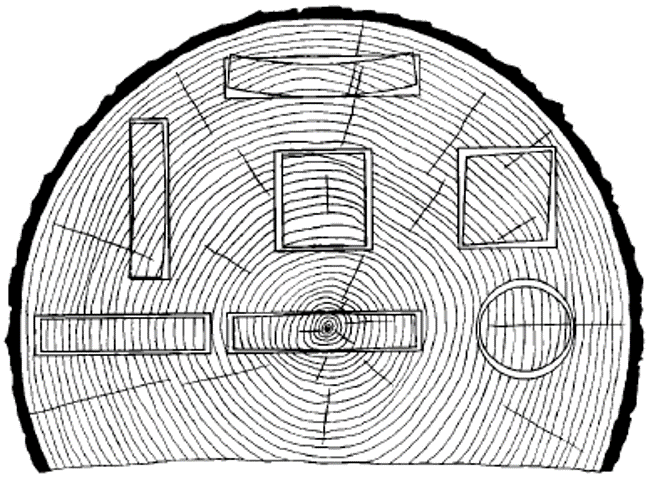Hi everyone,
I encountered wood joists which their actual size is 1.5 by 9 inch (exactly). They are SPF No.2.
Why does it measure this way and how would these joists be checked using the building code tables? Would these be considered deficient 2x10? Or buffed 2x8?
I encountered wood joists which their actual size is 1.5 by 9 inch (exactly). They are SPF No.2.
Why does it measure this way and how would these joists be checked using the building code tables? Would these be considered deficient 2x10? Or buffed 2x8?

